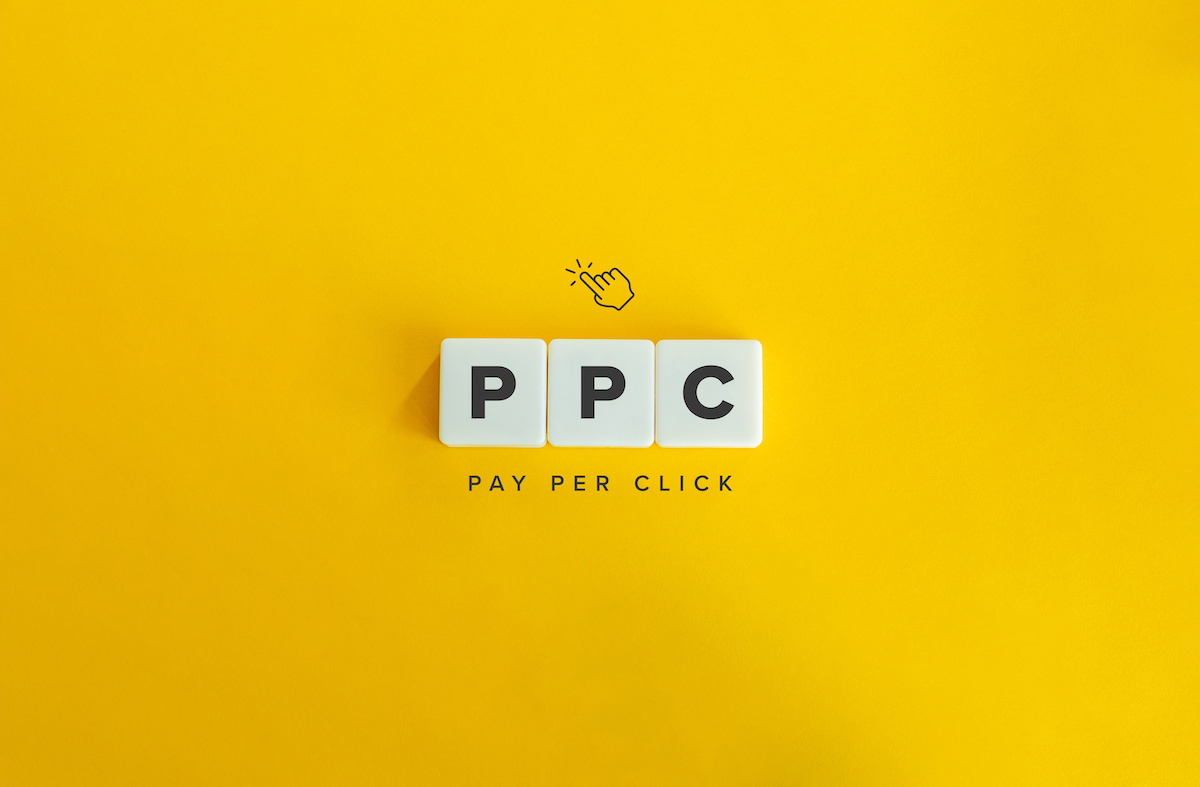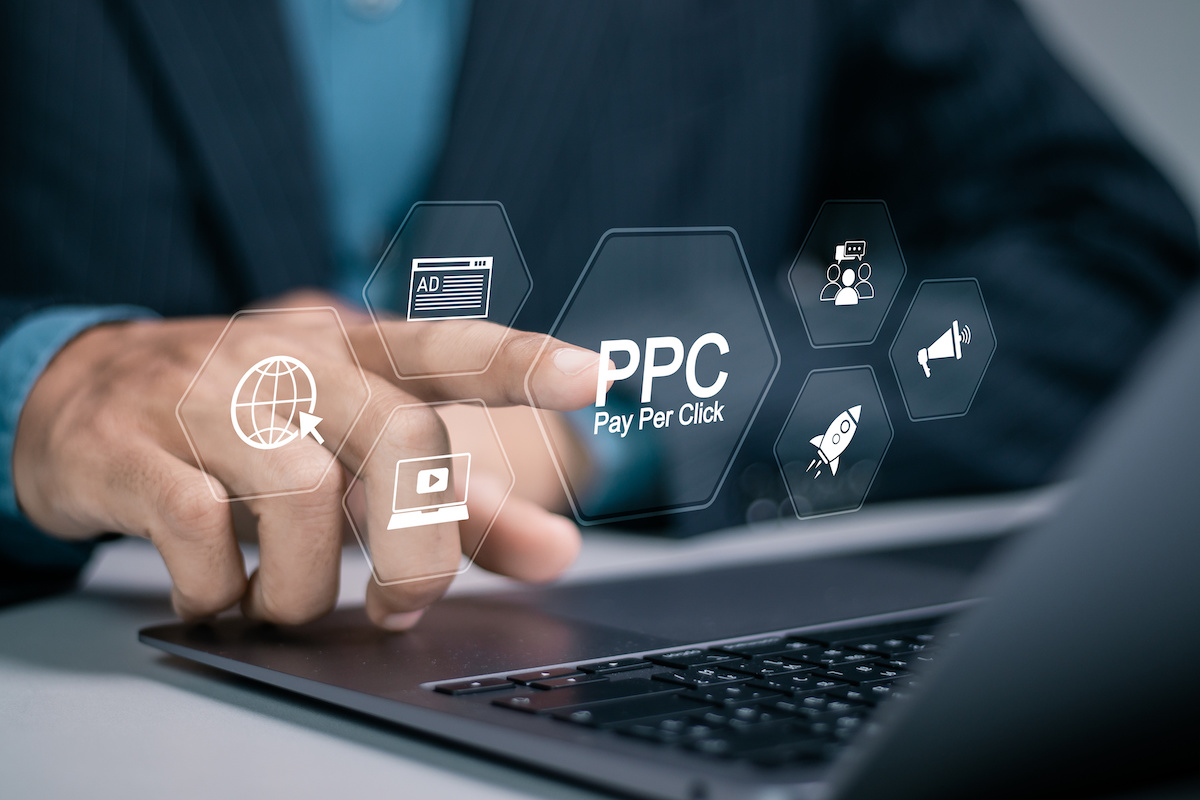
Pay-per-click (PPC) advertising is one of the most powerful tools in digital marketing. It allows businesses to target specific audiences with precision, generate leads, and drive conversions. However, running a PPC campaign doesn’t guarantee success.
To make your investment worthwhile, it’s crucial to maximize the return on investment (ROI) from these campaigns. This involves not only managing costs but also strategically optimizing your campaigns for maximum efficiency and results.
At Hooked Marketing, we help businesses improve their PPC campaigns and get the most value for every dollar spent. In this blog, we’ll cover key strategies to help you maximize ROI on your PPC campaigns, including how to refine your targeting, optimize ad copy, manage bids, and leverage data to make informed decisions.
1. Define Clear Objectives and KPIs
Before launching any PPC campaign, it’s important to have clear, measurable goals in place. Defining your objectives ensures that your campaign stays focused, and helps you track performance effectively.
Key PPC Objectives:
- Increase Brand Awareness: Targeted impressions and views of your ads.
- Lead Generation: Drive signups, downloads, or other lead-capturing actions.
- Sales or Conversions: Increase product sales or service bookings.
- Website Traffic: Attract more visitors to your website.
Once your goals are set, define key performance indicators (KPIs) to measure your success. Common PPC KPIs include metrics such as cost per click (CPC), cost per conversion, click-through rate (CTR), and conversion rate.
Having well-defined goals will enable you to align your PPC strategy and resources effectively and make adjustments where necessary.

2. Know Your Audience
Understanding your target audience is key to creating successful PPC campaigns because the more refined your targeting, the better your ad will perform, reducing wasted spend and improving conversion rates.
Tools like Google Ads and Facebook Ads offer robust targeting options that allow you to reach users based on demographics, behaviors, interests, and even past interactions with your business.
Audience Segmentation:
- Demographic Targeting: Focus on specific age ranges, genders, income levels, or locations.
- Interest-Based Targeting: Use data on what your audience likes and follows to serve them relevant ads.
- Retargeting: Target users who have already interacted with your website but didn’t complete a desired action.
- Lookalike Audiences: Expand your reach by targeting users with similar behaviors or characteristics to your current customers.
3. Optimize Your Ad Copy and Creative
Your ad copy and creative elements (images, videos, etc.) are critical components of a successful PPC campaign. A compelling ad will not only grab attention but will also convince users to click on it and take the desired action.
Writing Effective Ad Copy:
- Focus on Benefits: Highlight the specific benefits of your product or service so it is clear what the user will gain by clicking the ad.
- Use Strong Calls-to-Action (CTAs): CTAs such as “Get Started Now,” “Claim Your Offer,” or “Book a Free Consultation” give users clear instructions on what to do next.
- Incorporate Keywords: Use relevant keywords in your headlines and descriptions to improve ad relevance and Quality Score, while also resonating with your audience’s search intent.
- Leverage Emotional Triggers: Emphasize pain points and show how your product or service solves the problem.
- Include Social Proof: Incorporate reviews, ratings, or testimonials in your ads to build credibility.
Creative Tips:
- High-Quality Visuals: Whether you’re using images or video, ensure that the creative elements are high-quality and eye-catching.
- Consistency: Ensure that your visuals align with your brand’s overall look and feel.
- Test Different Formats: Video, carousel ads, and image ads all perform differently depending on the audience and platform. Experiment with various formats to find what works best.
4. Conduct Keyword Research and Optimization
In search-based PPC campaigns (like Google Ads), choosing the right keywords is crucial. Targeting the wrong keywords will lead to wasted ad spend, while the right keywords will attract users who are more likely to convert.
Keyword Strategies:
- Use Long-Tail Keywords: Long-tail keywords are longer and more specific keyword phrases that typically have lower search volume but higher intent. These keywords usually have less competition and can lead to higher conversion rates.
- Negative Keywords: Add negative keywords so that your ad doesn’t show up for irrelevant searches. This helps save your budget for high-value searches.
- Match Types: Use the appropriate match types (broad match, phrase match, exact match) to control when your ads are shown. Broad match gives you wider reach, but exact match targets very specific queries.
- Monitor Search Terms Reports: Regularly check the search terms report to identify new keyword opportunities and eliminate wasteful ones.
5. Optimize Bids and Budget Allocation
Managing bids and allocating your budget effectively is a crucial step in maximizing your PPC campaign’s ROI. Overspending on irrelevant clicks or failing to bid competitively on valuable keywords can hurt your performance.
Bid Management Tips:
- Manual vs. Automated Bidding: Test both manual and automated bidding strategies to find what works best for your campaign. Google Ads offers options such as Target CPA (Cost Per Acquisition), Target ROAS (Return on Ad Spend), and Maximize Conversions, which can optimize bids automatically based on your goals.
- Bid Adjustments: Use bid adjustments to increase or decrease bids for specific devices, locations, or audiences. For example, you may want to increase bids for mobile users if your mobile conversions are higher.
- Dayparting: Review when your audience is most active and adjust your bids to focus on peak times. This technique is known as dayparting and helps optimize your spend for times when users are more likely to convert.
6. A/B Test Regularly
Running A/B tests allows you to compare different versions of your ads to see which performs better. This approach can be applied to various elements of your PPC campaigns, including ad copy, landing pages, creatives, and even targeting.
A/B Testing Elements:
- Ad Copy: Test different headlines, descriptions, and CTAs.
- Landing Pages: Create multiple landing pages to see which version converts better.
- Creatives: Experiment with different images or videos to determine which resonate more with your audience.
- Keywords: Test different keyword match types or keyword groups to optimize performance.
Make sure to test only one element at a time so you can get clear insights into what’s driving the results.
7. Optimize Your Landing Pages
Driving traffic to your site is only half the battle; the other half is converting that traffic. A well-optimized landing page is essential for turning clicks into conversions.
Landing Page Optimization Tips:
- Keep It Relevant: Ensure that your landing page matches the message and promise made in your ad because a disconnect between the ad and the landing page can cause users to bounce.
- Use Clear CTAs: Just like in your ad copy, your landing page should have clear and compelling calls-to-action.
- Speed Matters: Slow-loading landing pages can drastically reduce conversions. Optimize for fast load times, especially on mobile.
- Mobile Optimization: Make sure your landing pages are mobile-friendly. Many users will access your site via mobile, so responsive design is essential.
- Simplify Forms: If your goal is lead generation, then use short, simple forms. Asking for too much information can scare away potential leads.

8. Track and Analyze Performance Data
Data is your best ally when it comes to optimizing your PPC campaigns. Regularly review performance metrics so you can identify what’s working and what needs improvement. Most platforms, like Google Ads and Facebook Ads, provide robust reporting tools that offer insights into click-through rates, conversion rates, cost per acquisition, and more.
Key Metrics to Monitor:
- CTR (Click-Through Rate): Indicates how compelling your ad is to users. A low CTR could signal poor ad relevance or targeting issues.
- Conversion Rate: Tells you how well your ads are turning clicks into conversions.
- CPC (Cost Per Click): Helps you understand how competitive your bids are and manage costs.
- CPA (Cost Per Acquisition): Focuses on how much you’re spending to acquire each new lead or customer.
- ROAS (Return on Ad Spend): A measure of the revenue generated for every dollar spent on your campaign.
Analyzing these metrics helps you make data-driven decisions so you can refine your campaigns and ensure you’re getting the most value out of your PPC spend.
9. Use Remarketing to Re-engage Lost Leads
Remarketing is a powerful PPC strategy that targets users who have previously visited your site but did not complete a desired action (like making a purchase or filling out a form). These users are more likely to convert on a subsequent visit, and remarketing allows you to stay top-of-mind as they continue their customer journey.
Remarketing Strategies:
- Dynamic Remarketing: Show users ads featuring the specific products or services they viewed on your website.
- Cart Abandonment Remarketing: Target users who added items to their cart but didn’t complete the purchase.
- Cross-Sell and Upsell: Target existing customers with ads for complementary products or services based on their previous purchases.
10. Stay Informed and Adapt to Changes
The digital marketing landscape is constantly evolving, and PPC is no exception. Google, Facebook, and other platforms regularly update their algorithms, introduce new features, and change their ad policies. Stay up to date with these changes so that you can maintain your competitive edge.
Keep Learning:
- Stay Informed: Follow industry blogs, attend webinars, and participate in online courses to stay informed about the latest PPC trends, algorithm changes, and best practices. Keeping yourself educated about the new features offered by Google Ads, Facebook Ads, or other platforms is important because it allows you to adapt quickly and take advantage of emerging opportunities.
- Adopt New Technologies: When you explore advancements in automation, AI-driven insights, and machine learning tools, it can help you optimize bids, target more efficiently, and personalize ad experiences at scale.
- Competitor Analysis: Regularly review your competitors’ PPC strategies to identify gaps and opportunities in your own campaigns. Tools such as SEMrush and SpyFu allow you to analyze competitors’ keyword strategies, ad copy, and spend estimates.
Maximize ROI on Your PPC Campaigns
Maximizing ROI from your PPC campaigns requires a combination of strategic planning, ongoing optimization, and data-driven decision-making.
When you set clear goals, understanding your audience, refining your ad copy and creatives, managing bids effectively, and continuously analyzing performance, you can enhance the efficiency of your campaigns and get more value out of every advertising dollar.
At Hooked Marketing, we specialize in helping businesses optimize their PPC efforts and drive meaningful results. Whether you’re new to PPC or looking to take your campaigns to the next level, our team of experts is here to guide you through every step of the process.
Contact us today to learn how we can help you maximize the ROI of your PPC campaigns and achieve your business goals.